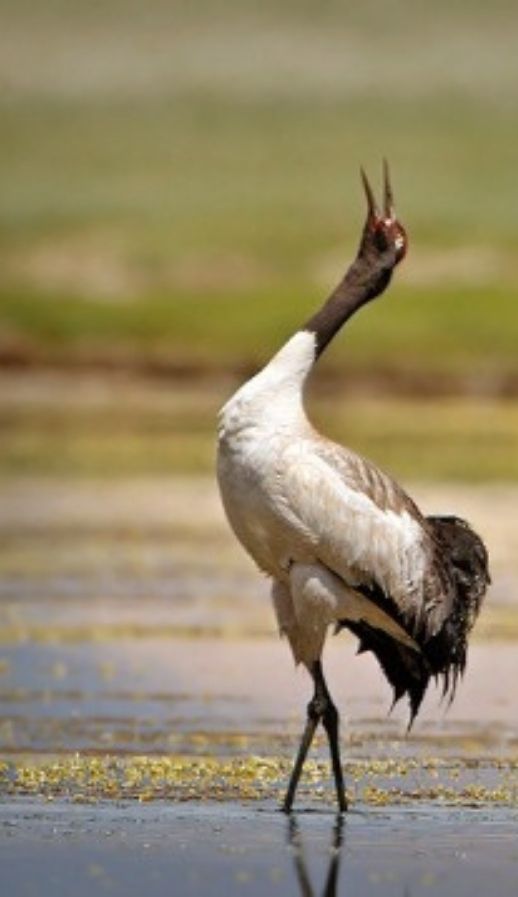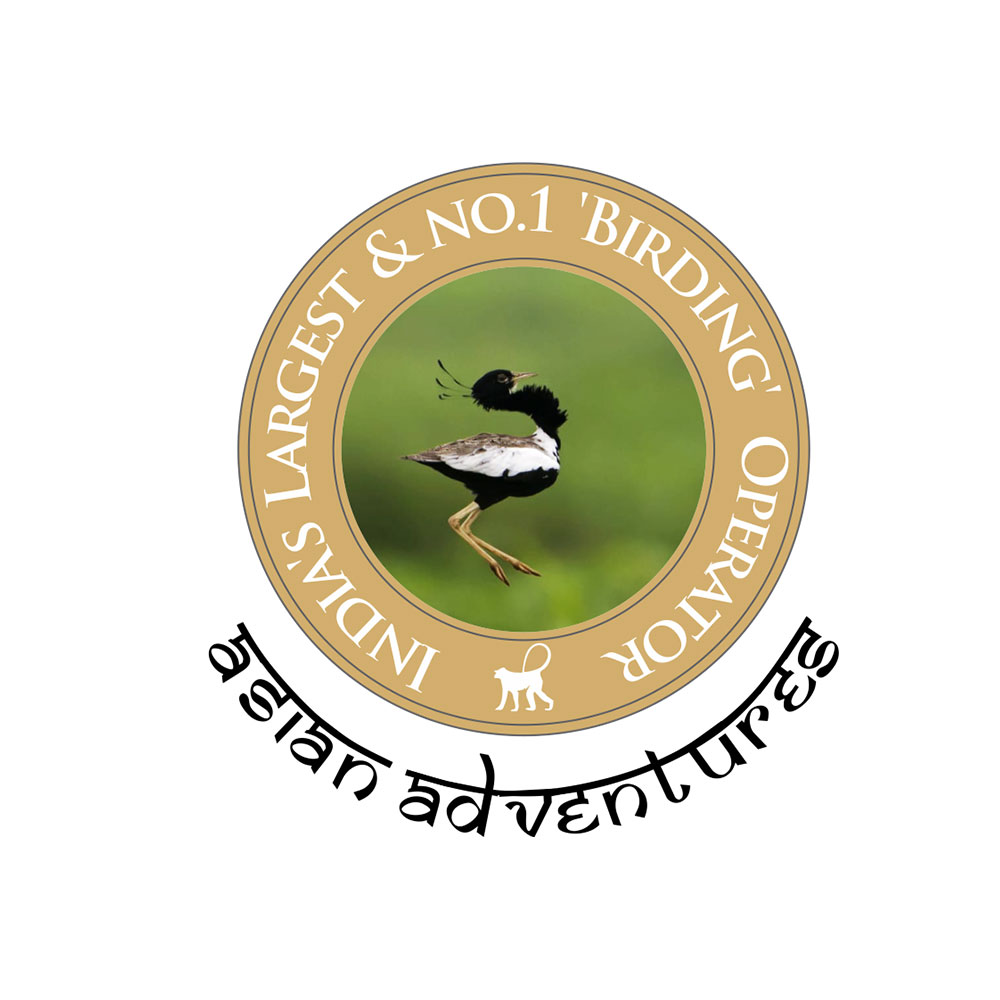Overview
Chopta, in the Kedarnath Wildlife Sanctuary of the Garhwal Himalayas, is fast becoming a birdwatching hotspot in India. With fantastic landscapes, a mix of pine and deodar forest with rhododendrons, amidst lush ‘bugyals’ or grassy meadows, it is probably the best and most easily accessible place in India to see the stunning ‘nine-coloured’ state bird of Uttarakhand, the Himalayan Monal, as well as other birds like Kalij and Koklass Pheasants, to the delighful Brown Dipper, nuthatches and laughingthrushes. Chopta is an amazing place for wildlife lovers, birdwatchers, and photographers alike.
We finish this tour in the luxurious surroundings of Walterre in Dehradun, but for birders won’t fully be time to relax as this is an excellent place for Nepal Wren-babbler (or Nepal Cupwing) and many other birds!
This tour is specially designed so that you can spend a quick week’s break watching the amazing wildlife of the Kedarnath Wildlife Sanctuary before you have to get back to your daily routine

From Sat Tal, we head further north into the Himalayas for some more spectacular birding. We have a long but beautiful drive ahead, interrupted by a few bird stops, to reach Mandal, just outside the Kedarnath Wildlife Sanctuary.
Key species: Streaked Laughingthrush, Red-billed Blue Magpie, Kalij Pheasant, Brown Dipper, Crested Kingfisher

Birding in Chopta is quite dependent on the weather. Heavy snowfall in the higher altitudes means birds will be forced to the lower levels around Mandal. An interesting option would be to take a long, but relatively easy, trek to a rock bee colony that is often frequented by Yellow-rumped Honeyguide.
Key species: Bar-tailed Treecreeper, Himalayan Woodpecker, Chestnut-crowned Laughingthrush, Common Rosefinch, Pink-browed Rosefinch

An interesting thing about birding in the himalayas is that bird communities change with altitude. As we travel to the higher regions, this becomes quite evident and we will soon find a very different mix of species.
Key species: Eurasian Wren, Alpine Accentor, Bearded Vulture, Dark-breasted Rosefinch, Golden Eagle

Today, we will take an easy, but steep, trek to the Tungnath Temple (3,700 m). Although the path is also frequented by pilgrims and other trekkers, we should get sight of some interesting birds.
Key species: Himalayan Monal, Red-fronted Rosefinch, Snow Partridge, Eurasian Wren, Red-billed Chough, European Goldfinch

We will continue westward, and spend some time birding in another area which tends to have the greatest diversity of birds.
Key species: Snow Pigeon, Rufous-bellied Woodpecker, Green-backed Tit, Koklass Pheasant, White-browed Fulvetta, Grey Crested Tit

From our camp at Chopta, we head to the Doon Valley, and the luxury of Walterre. As usual, there is plenty of birding en-route, and, if lucky, we may have a chance of encountering Spectacled Finch, an occasional winter migrant to this area.
Key species: Crimson Sunbird, Green-tailed Sunbird, Nepal Cupwing, Shikra, Asian Barred Owlet, Grey-headed Woodpecker, Whistler’s Warbler

After our days of treks and climbs, we will spend time doing some leisurely birding today in Walterre’s gardens, before we head back to Delhi.
Key species: Indian White-eye, Crimson Sunbird, Nepal Cupwing
Highlights
- Himalayan Panorama
- Easy Birding in Doon Valley and Chopta
- Trek to Deoriatal, Tunganath and Chandrashila
- Glimpses of the beautiful landscape, Architecture, and Lifestyle of North India
- Quaint Lodges, Hotels and Camp stays
Included
- Accommodation for 02 nights in Mandal on twin sharing basis Accommodation for 03 nights in Chopta on twin sharing basis
- Accommodation for 01 night in Dehradun on twin sharing basis Meals as per the itinerary
- Birding with Asian Adventures guide Dedicated road transport | All taxes
Video
Location
Stories

Ladakh
North India, the land of Ladakh, looks as though it was made for birdwatching and photography.

Gir National Park Gujarat
Sometimes it is not just the species spotted but also the amazing moments. Some of our guests had the unique opportunity to witness the mating of Asiatic Lions in the Gir Forest, truly a special moment.

Delhi
Surajpur is an amazing wetland close to the nation’s capital. Apart from being one of the monsoon homes for the Bristled Grassbird, it is also home to another sought-after species: the Bengal Bush Lark.

Rajasthan
One advantage of living near the birding hotspot of Bharatpur is that you can see some amazing birds, like the graceful Sarus Crane, in your backyard during this lockdown






















